Frost free fridge freezers are a game changer for keeping your food fresh without all the hassle of manual defrosting. With their smart design, you get to enjoy more space and less worry about ice build-up messing up your storage. These appliances make life easier by maintaining optimal temperatures and humidity, so your groceries stay in top shape.
Frost Free Fridge Freezers
Efficient and Convenient Cooling with Frost Free Fridge Freezers
Product List
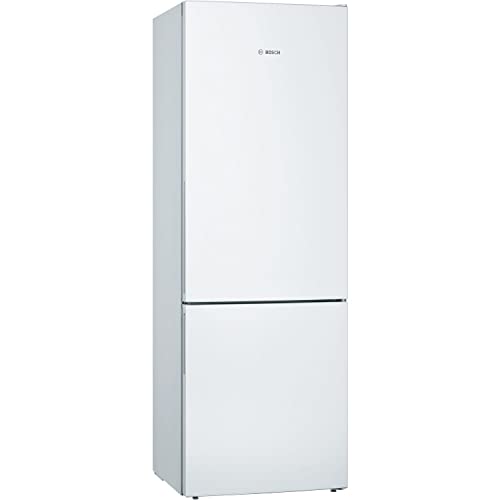
Bosch Serie 6 419L Fridge Freezer
Bosch
Product Review Score
4.51 out of 5 stars
169 reviews$1,003.49
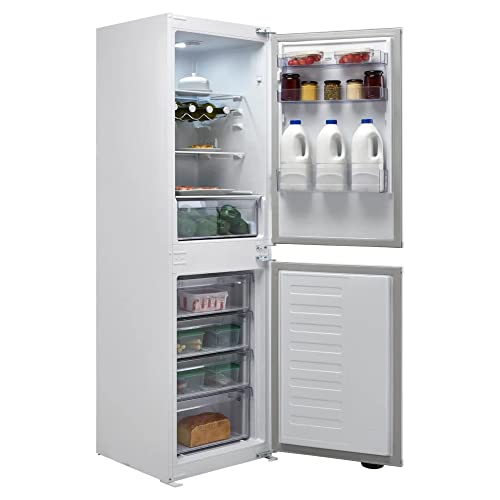
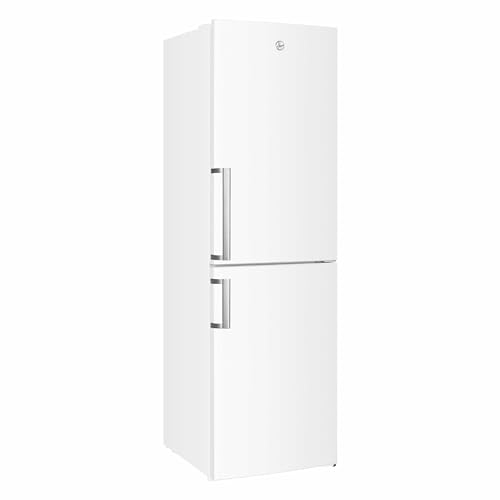
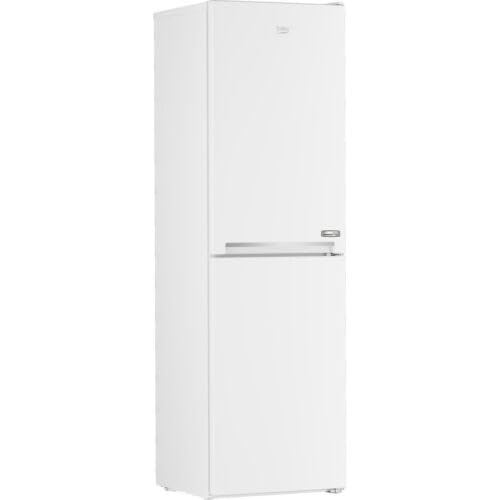
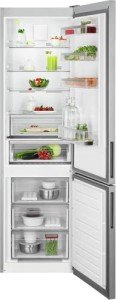
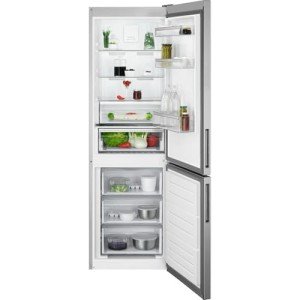
AEG TwinTech No Frost Fridge
AEG
Product Review Score
4.91 out of 5 stars
211 reviews$991.42 $735.53
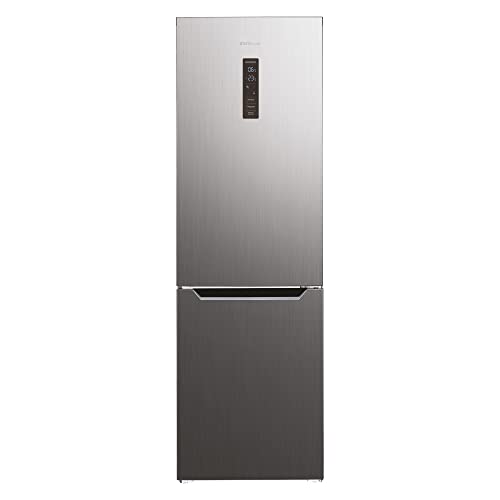
Statesman 60cm Fridge Freezer
Statesman
Product Review Score
4.39 out of 5 stars
208 reviews$614.96
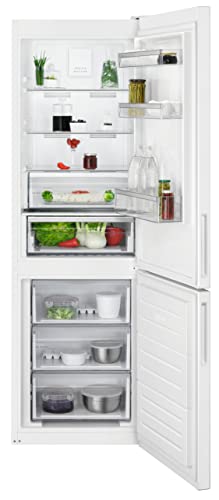
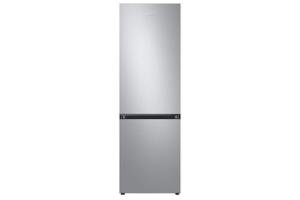
Samsung Silver Frost Free Fridge
Samsung
Product Review Score
4.58 out of 5 stars
154 reviews$937.83 $668.55
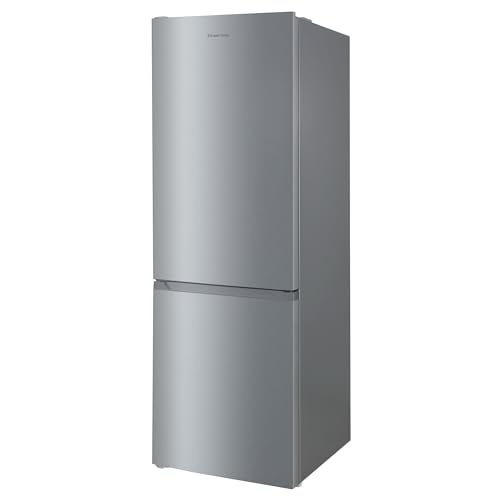
Stainless Steel Frost-Free Fridge
Russell Hobbs
Product Review Score
4.71 out of 5 stars
68 reviews$547.97
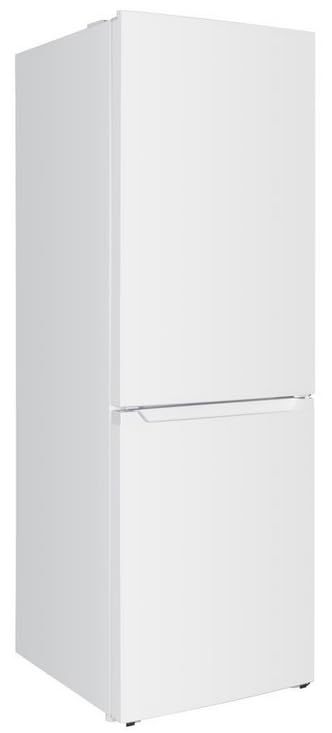
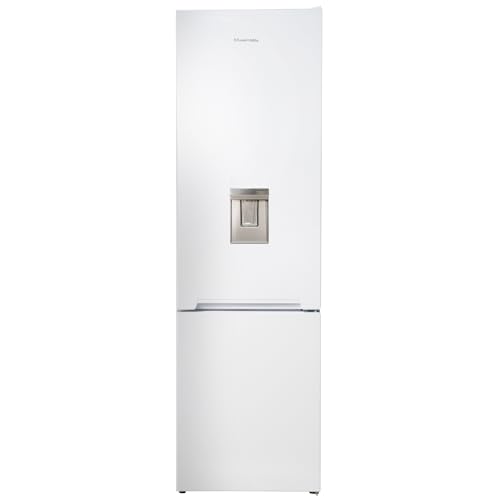
Frost Free Fridge Freezer
Russell Hobbs
Product Review Score
4.18 out of 5 stars
135 reviews$455.52
In today's fast-paced world, convenience is key, especially in our kitchens. One of the appliances that has seen significant innovation is the fridge freezer. Among the various options available, frost free fridge freezers have emerged as a popular choice for many households. This blog post will provide an in-depth exploration of frost free fridge freezers, their advantages, disadvantages, features, and considerations when choosing the right one for your home.
What is a Frost Free Fridge Freezer?
A frost free fridge freezer is designed to eliminate the need for manual defrosting. Unlike traditional fridge freezers, which require periodic defrosting to remove frost build-up, frost free models use advanced technology to circulate air, thus maintaining an even temperature and preventing frost accumulation.
How Does It Work?
Frost free fridge freezers feature a built-in fan and a concealed evaporator coil that work together to circulate cold air. This circulation helps maintain stable temperatures and reduces humidity levels, preventing ice from forming. The typical temperature setting for frost free models is set around 0°F (-18°C) for the freezer and 37°F (3°C) for the refrigerator.
Table 1: Key Comparison of Frost Free and Manual Defrost Fridge Freezers
| Feature | Frost Free Fridge Freezers | Manual Defrost Fridge Freezers |
|---|---|---|
| Ice Build-up | No | Yes |
| Maintenance | Low (no manual defrost) | High (manual defrost required) |
| Temperature Consistency | Excellent | Moderate |
| Cost | Higher upfront cost | Lower upfront cost |
| Energy Efficiency | Generally more efficient | Less efficient |
Advantages of Frost Free Fridge Freezers
Frost free fridge freezers come with several benefits:
-
No Manual Defrosting: The most prominent advantage is the elimination of the need for manual defrosting, saving homeowners time and effort.
-
Better Food Preservation: The controlled environment helps maintain food quality and prolongs freshness.
-
Space Optimization: Without ice build-up, there is more usable space in the freezer.
-
Less Odor: The circulating air minimizes odors by preventing food from freezing onto the surfaces.
-
Energy Efficient: Many frost free models are designed to be energy efficient, which can lead to reduced electricity bills over time.
Table 2: Pros and Cons of Frost Free Fridge Freezers
| Pros | Cons |
|---|---|
| No manual defrosting | Higher purchase price |
| Uniform cooling | Slightly more complex repairs |
| Increased storage capacity | Possible energy consumption |
| Better food preservation | Some cheaper models can be noisier |
| Easier maintenance | Limited freezer burn prevention |
Disadvantages of Frost Free Fridge Freezers
While there are undeniably numerous benefits, it’s important to also consider the drawbacks:
-
Cost: The initial investment for frost free fridge freezers is generally higher compared to manual defrost versions.
-
Repairs: If a frost free unit breaks down, repairs can be more complicated and potentially costly due to the advanced technology.
-
Energy Consumption: Although many models are designed for energy efficiency, some frost free fridges can consume more electricity, especially older models.
-
Freezer Burn: While air circulation prevents ice build-up, it can lead to freezer burn on items that are not properly sealed.
Key Features to Consider
When selecting a frost free fridge freezer, buyers should be aware of the key features that can enhance their experience:
-
Size and Capacity: Ensure that the fridge freezer fits your kitchen space and meets your family’s food storage needs.
-
Cooling Technology: Look for models that use advanced cooling technologies for optimal preservation.
-
Energy Rating: Check the energy efficiency label to ensure low running costs over time.
-
Adjustable Shelving: Flexibility in shelf arrangements allows for better organization of different sized food items.
-
Temperature Controls: Some models come with separate controls for different compartments, providing better temperature management.
-
Warranty and Service: Investigate the warranty details and availability of service centers, in case repairs are needed.
FAQs about Frost Free Fridge Freezers
1. How often do I need to clean my frost free fridge freezer?
Regular maintenance includes wiping down shelves and cleaning the exterior. It's recommended to perform a thorough clean once every few months.
2. Why does frost build up in a frost free freezer?
If frost is appearing in a frost free freezer, it may indicate a problem with the door seal or that the fan is malfunctioning, preventing proper air circulation.
3. Can I store all types of food in a frost free freezer?
Most foods can be stored in a frost free freezer, but it is advisable to use airtight packaging for best results, preventing freezer burn.
4. Is a frost free fridge freezer suitable for small kitchens?
Yes, many frost free fridge freezers are designed in compact sizes, making them suitable for smaller kitchens, while still offering spacious storage.
5. What is the typical lifespan of a frost free fridge freezer?
With proper care, a frost free fridge freezer can last around 10 to 15 years.
A frost free fridge freezer offers a convenient and efficient alternative to traditional models. While they come with some downsides, the benefits of time-saving, enhanced food preservation, and improved air circulation make them an appealing choice for modern households. By considering the features listed and weighing the advantages and disadvantages, consumers can make an informed decision that meets their culinary and lifestyle needs. Whether your focus is on energy efficiency, space optimization, or food quality, there's likely a frost free fridge freezer to suit your home.
By understanding more about the frost free technology, individuals can enhance their kitchen experience and make the most of their food storage solutions.